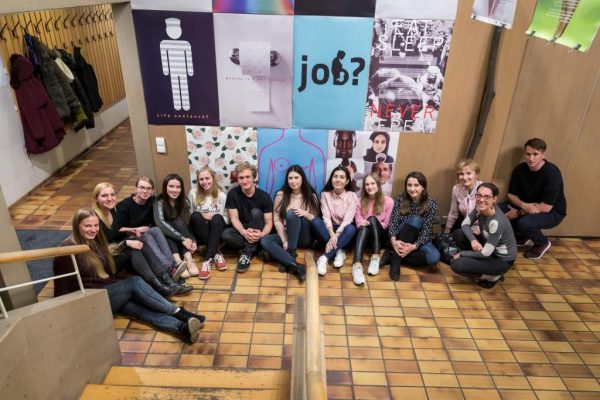Stories that Move
The online toolbox about diversity and discrimination
 English
EN
English
EN
 EnglishEN
EnglishEN DeutschDE
DeutschDE NederlandsNL
NederlandsNL MagyarHU
MagyarHU PolskiPL
PolskiPL SlovenčinaSK
SlovenčinaSK УкраїнськаUK
УкраїнськаUK EspañolES
EspañolES CatalàCA
CatalàCANataliia Tkachenko is an educator at the International Youth Meeting Centre (IYMC) in Oświęcim, Poland, which specialises in historical and civic education based around Auschwitz as a place of commemoration and learning.
She used some of the ‘tools’ from Stories that Move in a German-Polish-Ukrainian student project ‘Learning from History: discrimination’, run by the IYMC in cooperation with Stätte der Begegnung (Place of Encounter), an independent German organisation offering non-formal political education aimed at all ages.
Read about Nataliia’s experiences here.

The aim of this multinational project was to combine historical education about Auschwitz and the persecution of particular groups under the Nazi regime with civic education about discrimination in society today. The group consisted of students of linguistics, history, pedagogy and social studies.
Although the participants were aged 18-25 and therefore older than the target group of Stories that Move, the learning paths proved to be an effective way of approaching a complex topic and provoking lively discussions. We slightly modified the learning paths, adding more theoretical background information on the issues under discussion.
As well as engaging in lively discussions, participants visually presented their reflections in the form of posters drawing attention to different forms of discrimination in the modern world. They felt working with STM was an interesting approach to the topic and some suggested they would use it in their pedagogical activity in the future.
back to top